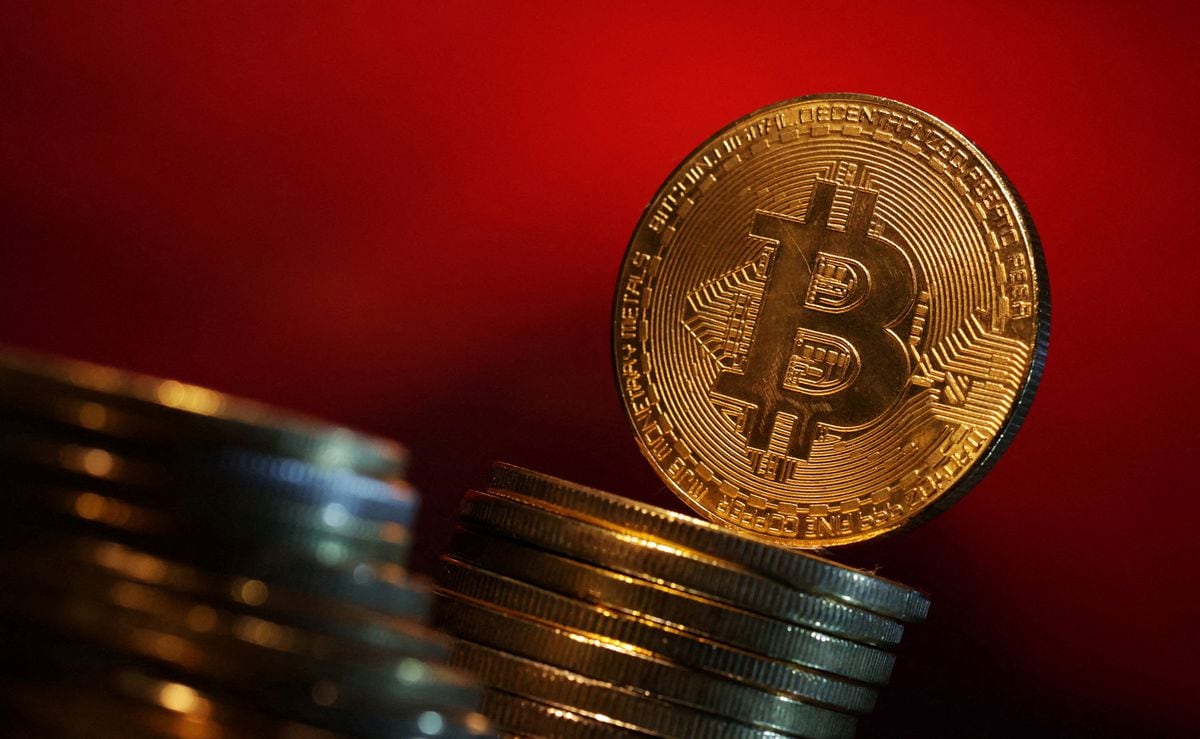Cryptocurrencies and valuable mineral deposits may initially seem unrelated, but in the world of cryptocurrencies, particularly in the context of bitcoin halving, the connection becomes more apparent. The concept of blockchain mining is gaining increased attention with the upcoming bitcoin halving event, highlighting the crucial role of miners in sustaining the bitcoin ecosystem. This process, which reduces miner rewards, has occurred three times previously—in 2012, 2016, and 2020—impacting the issuance of new tokens. While the halving may reduce profits for miners, the market anticipates a subsequent rise in demand and consequently, the price of the cryptocurrency, which has already surged by 50% this year.
As the price of the leading cryptocurrency surpasses €65,000 ($69,150.25), driven by the success of exchange-traded funds, it is essential to grasp the significance of this milestone for an industry emerging from a prolonged period of stagnation.
Understanding Halving
Halving is an integral aspect of the blockchain technology underpinning bitcoin. This process mandates that miners validate transactions to generate new digital coins. Initially, miners received 6.25 bitcoin for every 210,000 verified network blocks since 2020. However, post-halving, this reward will be halved to 3.125 BTC. Mireya Fernandez, the head of the Bitpanda exchange for southern Europe, likens this mechanism to the gradual depletion of a finite mineral deposit, where diminishing supply can drive up the product’s value over time.
The reduction in miner rewards is fundamental to bitcoin’s supply-and-demand dynamics. Despite being a digital currency, bitcoin’s scarcity is predetermined, with a maximum cap of 21 million tokens, making it an attractive option in inflation-prone economies like Argentina and Nigeria.
The Implications
Industry experts foresee a phase of consolidation and growth propelled by new investment avenues and the entry of institutional investors into the cryptocurrency space. Guido Lonetti, product director at N26, highlights the resurgence of bitcoin driven by regulatory advancements and enhanced market accessibility.
While the cryptocurrency community eagerly anticipates halving events, viewing them as pivotal moments that can influence price trends, it also raises concerns about potential scams and fraudulent activities. Investors are advised to exercise caution and vigilance amidst the heightened market enthusiasm.
Price Forecast
The looming question revolves around the potential impact on bitcoin’s price following the halving. Historical data suggests a substantial surge post-halving, as evidenced by previous instances in 2012 and 2016 when prices skyrocketed by nearly 10,000%. Although past performance is not indicative of future results, market sentiment remains optimistic regarding the price trajectory post-halving.
Additionally, the emergence of bitcoin exchange-traded funds (ETFs) could further amplify investor interest, potentially leading to a more stable market environment with institutional participation. The evolving landscape of cryptocurrency investment vehicles, including ETFs, signifies a shift towards a more regulated and secure investment ecosystem.
External Factors
The market landscape is also influenced by developments such as the successful launch of bitcoin ETFs by prominent fund managers and the potential approval of Ether ETFs, signaling a broader acceptance of cryptocurrencies within traditional financial frameworks. Moreover, monetary policy decisions in the US and Europe could drive interest in alternative investments like cryptocurrencies in a low-interest-rate environment.
For more English-language news coverage, sign up for our weekly newsletter from EL PAÍS USA Edition.

